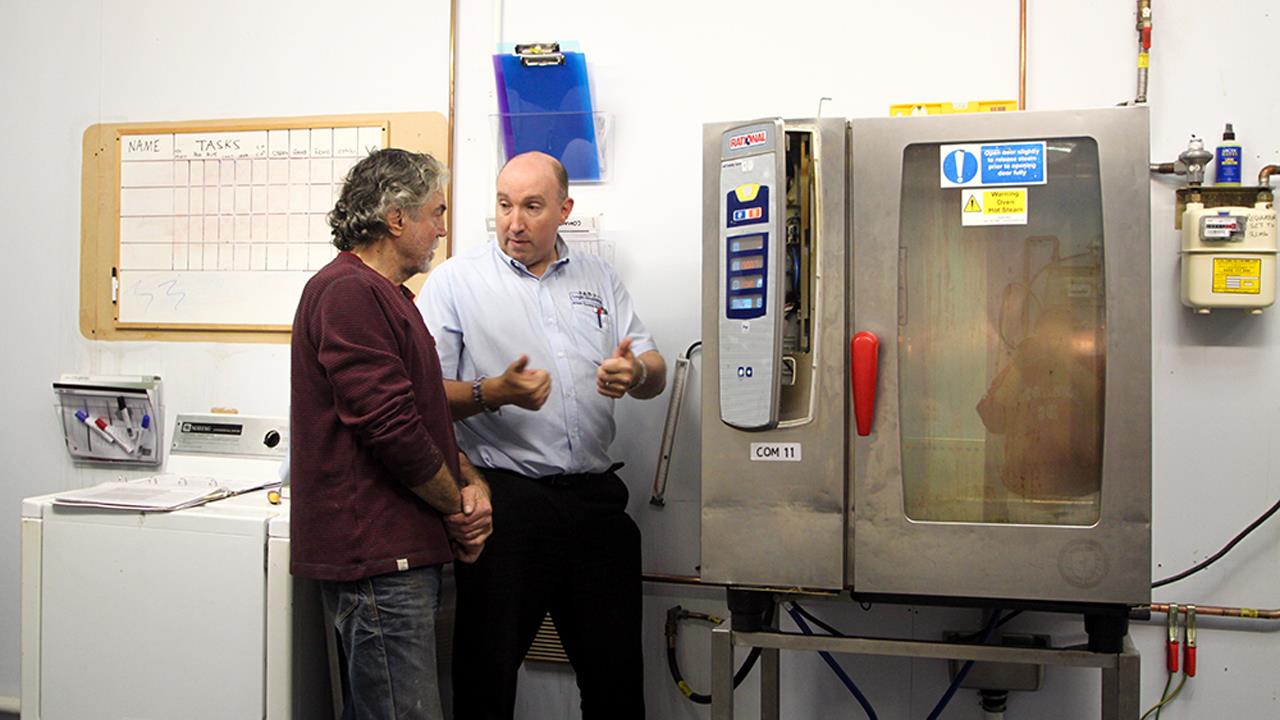


Mark Krull, Director for Logic4training, looks at what you need to consider if you’re thinking about working in the commercial sector.
The commercial building construction industry has shown impressive growth figures, topping 5% over the last five years, according to research undertaken by IBIS World.
A healthy demand for new office developments, and renewed public sector funding commitments for health and education facilities, have helped boost the need for heating engineers in the commercial sector, in turn providing an opportunity for experienced domestic engineers to move into a new field.
There’s lots to consider when making the change from domestic to commercial. The key to success is presenting yourself in a professional way, backing your reputation up with the appropriate qualifications, certification, insurances, and financial records – to prove you’re a viable business.
Tendering
Rather than word of mouth, contracts in the commercial world are awarded through a tendering process where companies interested in taking on the work submit bids and the client picks whoever they feel best fits the bill.
In preparing a bid, you need to make sure you’ve completely understood the brief and the scope of the work involved. It’s easy to under-sell yourself if you’re trying to be competitive, and you must keep a realistic eye on pricing so as not to eat into your profit. Don’t overlook hidden costs such as equipment hire and travel.
There are resources online that can help you prepare your bid, and tendering portals that will notify you about upcoming projects. As well as a costing and a schedule of works, as part of your bid you’ll be required to present a range of supporting documentation to demonstrate your competence.
Competence checklist
You’ll need to present certificates proving you’re up to date with relevant legislation, such as:
Building relationships
Commercial clients, particularly in the public sector, tend to work with companies on their preferred suppliers list. Being included on such a list can be challenging if you’re new to the game, but persevere and you’ll chip away at the bureaucracy. Presenting the compliance documentation mentioned above will help – and perhaps you can suggest they consider you as ‘back-up’ until you have the opportunity to prove your worth.
Another way to enhance your profile is to set up a LinkedIn account for your business. It’s a very effective way to network, research potential clients, and find out about projects to bid for.
Seen as a more professional social media platform than Facebook, LinkedIn gives you the opportunity to create a dedicated company page and connect with prospective businesses in your chosen field. You can also create sponsored posts and adverts to target specific groups – broadening your reach beyond your immediate connections.
Extra training
If you’re keen to take things further, you’ll need to make sure you’re equipped with the knowledge and experience required for the tasks in-hand. As a domestic installer, you will already have a range of transferable skills, but the likelihood is you’ll need to take on some specific, targeted training to help you transition safely, and deal with bigger plant and the challenges you’ll face. Such training needs to be relevant. There’s no point in wasting time covering material you’ve already worked on.
If you'd like to keep up-to-date with the latest developments in the heating and plumbing industry, why not subscribe to our weekly newsletters? Just click the button below and you can ensure all the latest industry news and new product information lands in your inbox every week.